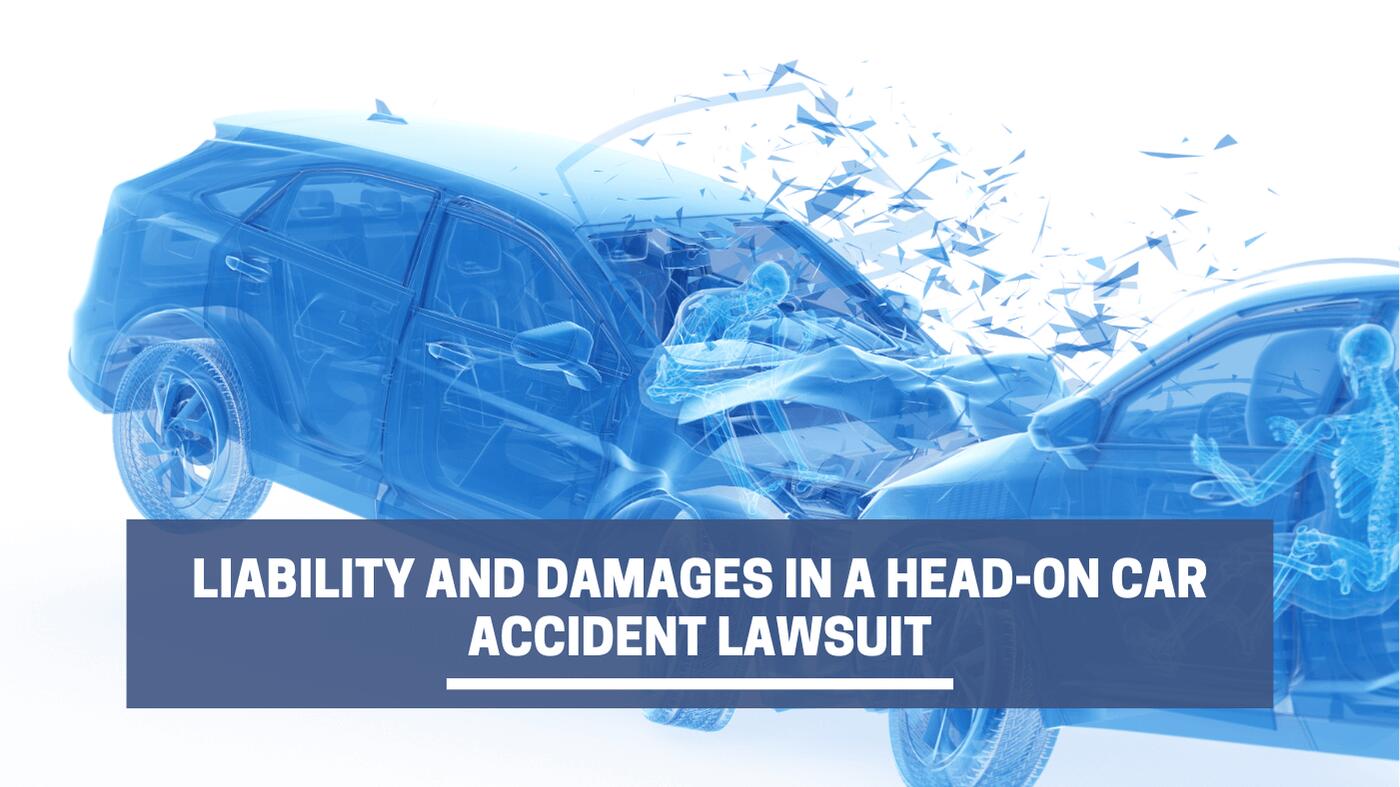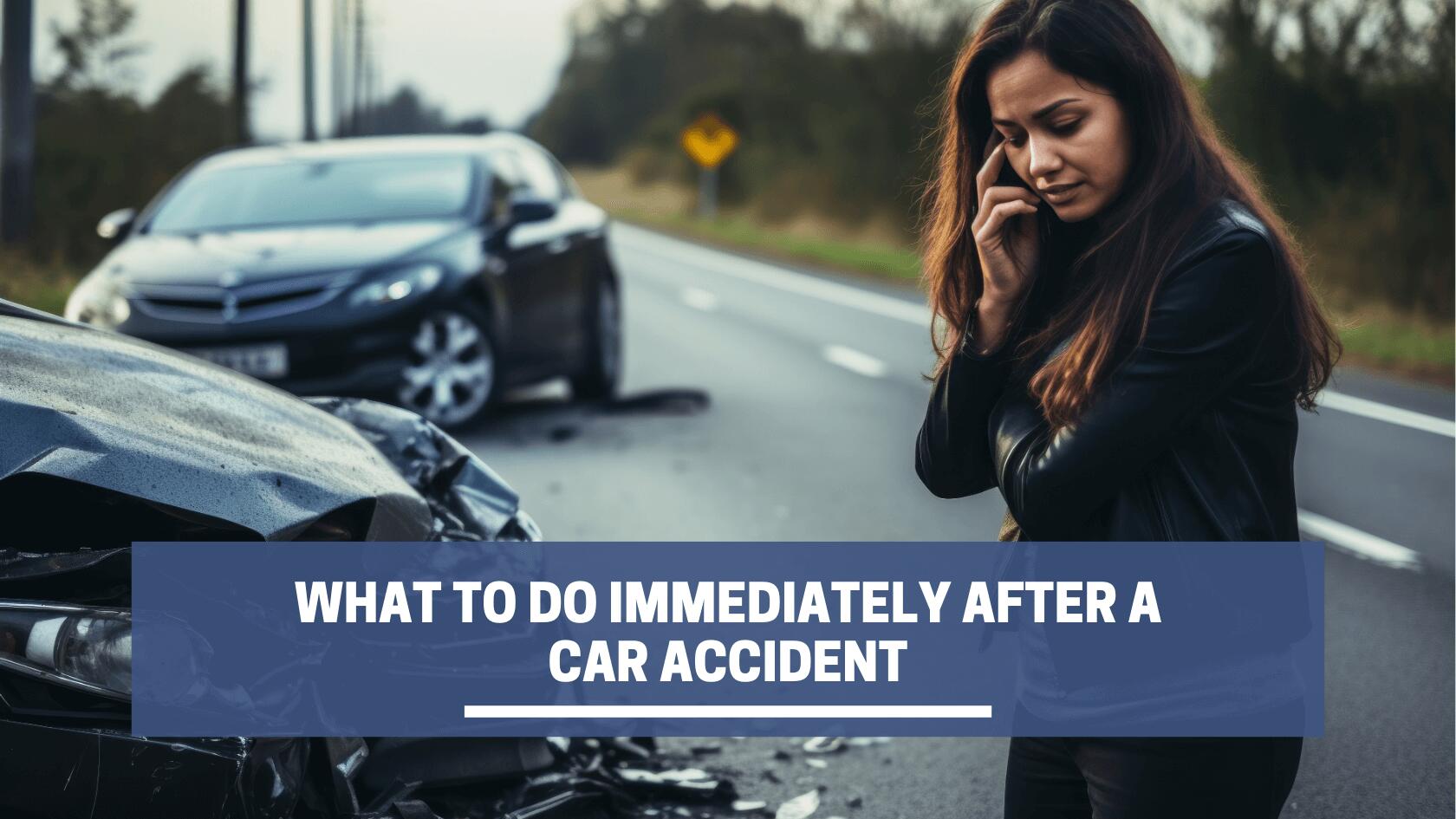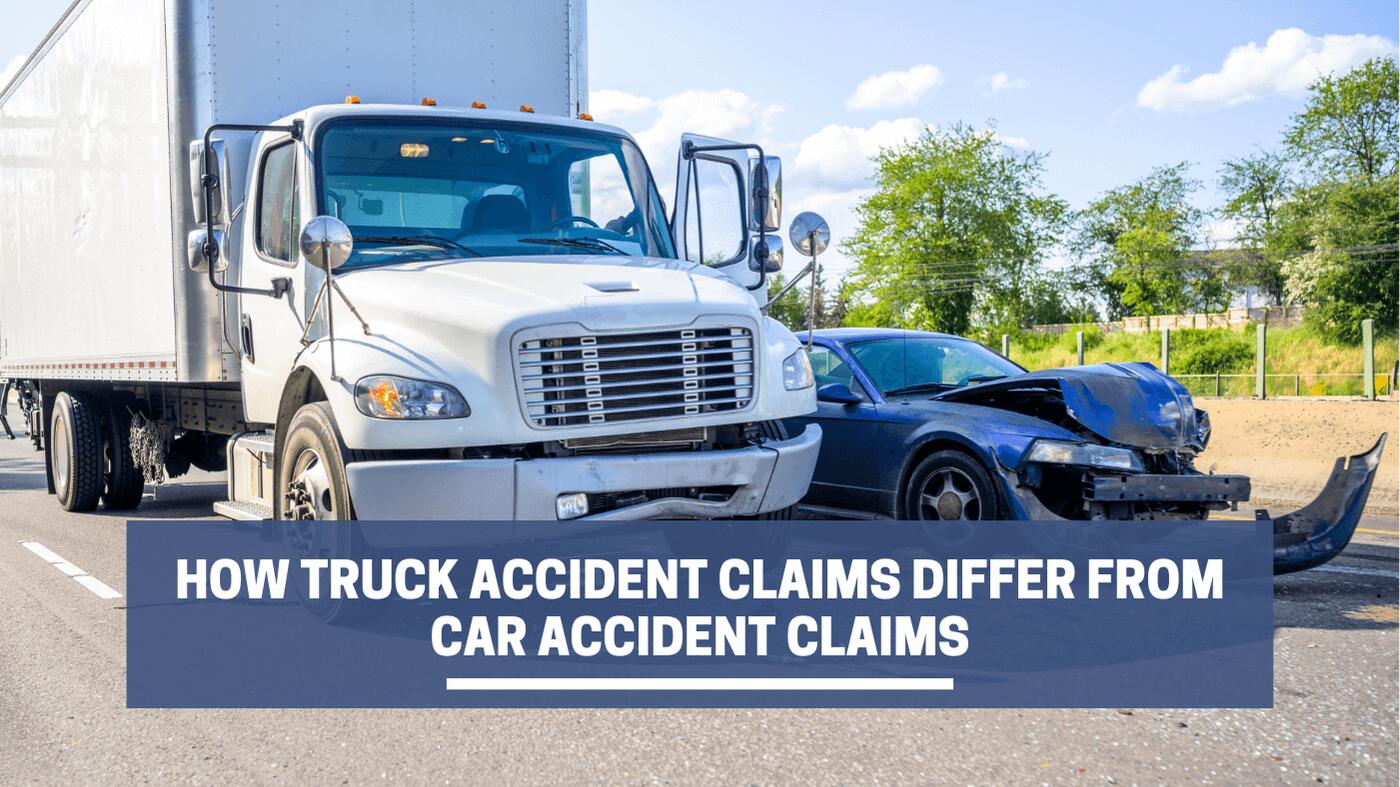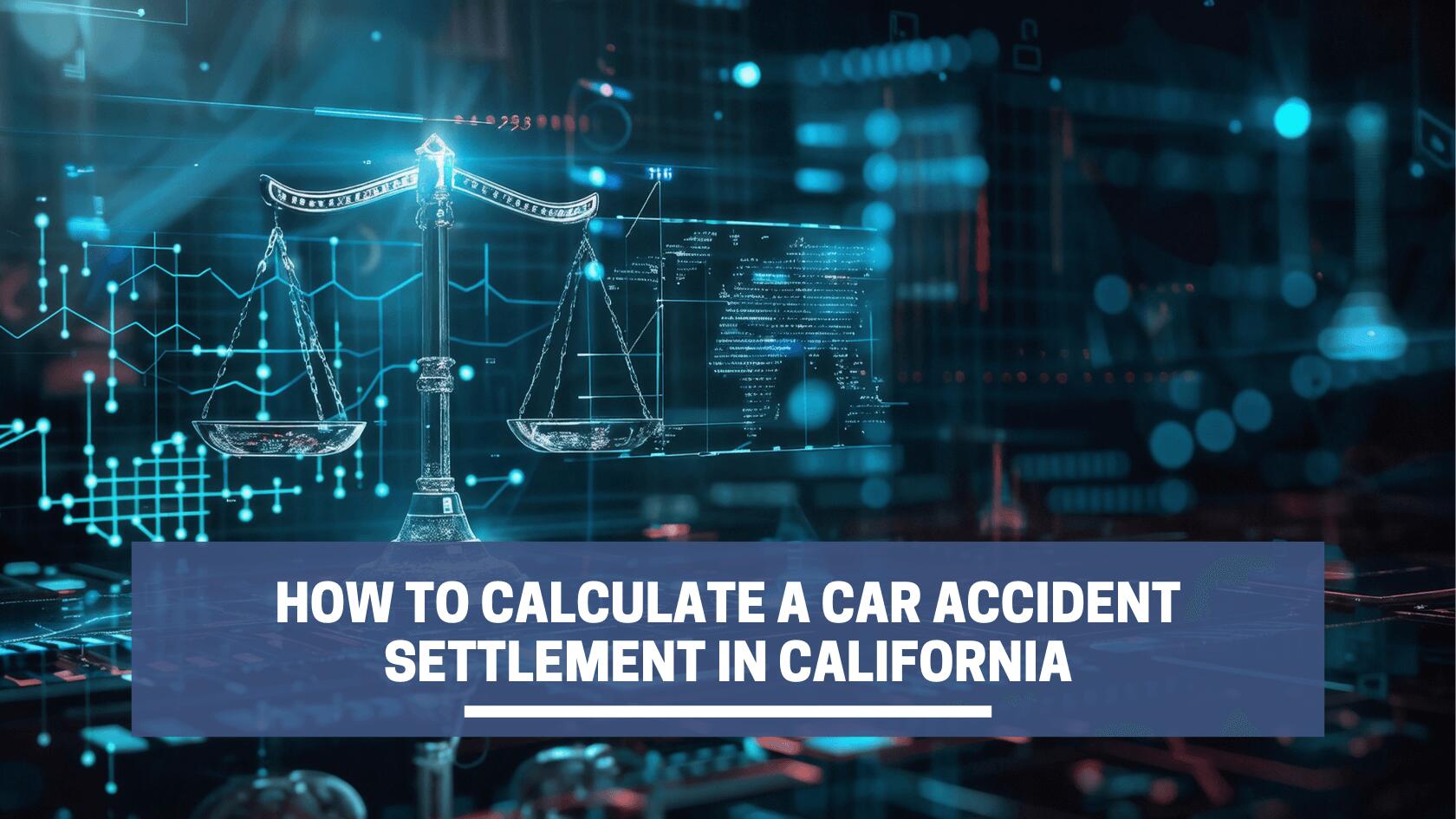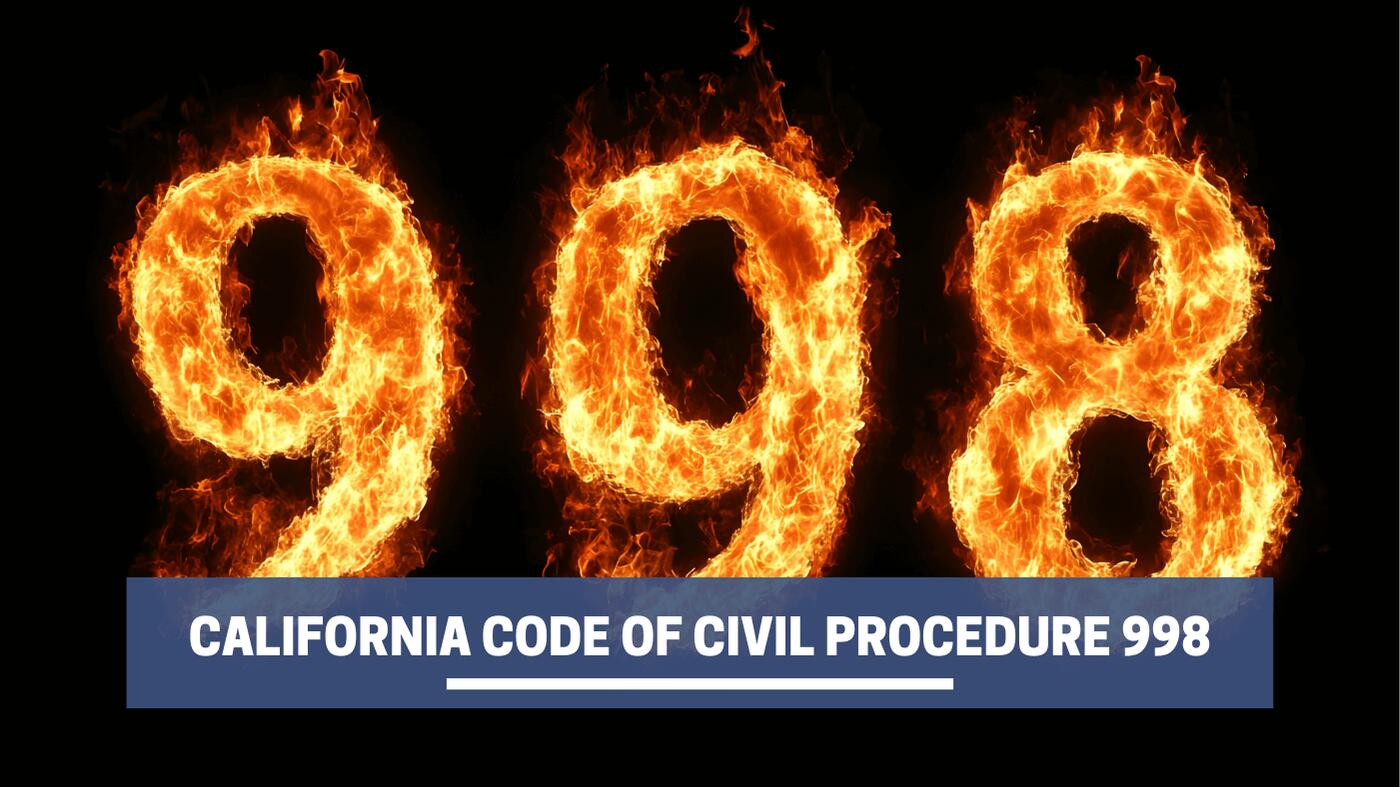Head-on crashes are among the most dangerous for drivers and their passengers in California. In 2021, Los Angeles County reported 59,603 fatal and injury crashes, many of which were head-on collisions.
Understanding how liability and damages work in these cases can help you secure a fair settlement after a collision. Partnering with a skilled car accident attorney ensures you receive financial support for medical expenses, lost wages, and other damages, allowing you to focus on recovery.
Head-On Car Accidents: How They Happen
Head-on car accidents occur when two vehicles traveling in opposite directions collide front-to-front. These crashes often happen due to negligent actions by at least one party, such as distracted driving, impaired driving, speeding, or improper overtaking. They can also occur on curves or in situations with poor visibility, such as nighttime or bad weather conditions.
The consequences for car occupants in head-on collisions can be severe due to the high impact force. This often results in catastrophic injuries like the following:
- Concussions or traumatic brain injuries (TBIs)
- Spinal cord injuries (SCIs)
- Broken bones
- Internal organ damage
- Whiplash and neck injuries
- Severe lacerations
Due to the seriousness of these injuries, victims often face extensive medical treatments, long-term rehabilitation, and emotional and financial burdens.
Liability in Head-On Collisions
Negligence in car accidents occurs when a driver fails to exercise reasonable care, resulting in a collision. When a party’s negligent actions cause injury to another person, they are typically held liable for damages in an insurance settlement claim.
Insurers and attorneys examine various evidence to determine fault, analyzing each driver’s actions to assess who is responsible for the crash. Below are common forms of negligence that lead to head-on collisions and the evidence that could prove liability:
| Negligent Action | Explanation | Evidence |
| Distracted Driving | Engaging in activities like using a phone, eating, or adjusting controls while driving can result in a lack of attention on the road. | Cell phone records, witness statements |
| Driving Under the Influence | Operating a vehicle while impaired by alcohol or drugs. This action is illegal in California and affects judgment and reaction times. | Blood alcohol content (BAC) tests, DUI reports |
| Speeding | Exceeding the posted speed limit. Speeding reduces the driver’s ability to react to sudden changes and increases the severity of impacts. | Traffic camera footage, skid mark analysis |
| Improper Overtaking | Passing another vehicle unsafely or illegally, often resulting in head-on collisions on two-lane roads. | Witness statements, video evidence |
| Running a Red Light/Stop Sign | Failing to stop at traffic signals or signs can lead to collisions at intersections. | Traffic camera or dash cam footage, eyewitness accounts |
| Fatigue or Drowsy Driving | Driving while excessively tired can impair reaction times and decision-making abilities. | Witness statements and traffic camera footage |
Damages in Head-On Car Accident Cases
Victims of head-on car accidents often face significant financial and emotional burdens. If you’re hurt in a head-on crash, you can seek the following types of damages in your insurance settlement:
- Medical expenses. This covers hospital bills, surgery costs, rehabilitation, prescription medications, and future medical treatments. An attorney calculates these damages by reviewing medical records, bills, and expert testimonies to estimate ongoing medical needs.
- Lost wages. This includes compensation for income lost during recovery, diminished earning capacity if you’re unable to return to work, and future lost wages. Your car accident attorney will assess pay stubs, employment records, and economic expert reports to determine the full extent of lost earnings.
- Pain and suffering. This compensates for emotional distress, physical pain, and reduced quality of life due to the accident. Your pain and suffering damages are determined by evaluating the severity and duration of injuries, psychological impact, and personal testimonies.
- Loss of enjoyment of life. This damage compensates for the inability to enjoy activities and hobbies you once loved due to your injuries. To determine this damage, lawyers assess the impact on your daily life and your ability to participate in these activities.
- Exemplary damages. In California, exemplary damages may be awarded if the at-fault driver’s actions were reckless or egregious. These damages are meant to penalize the wrongdoer and deter similar behavior in the future. To pursue these damages, your attorney must provide clear and convincing evidence of the other driver’s misconduct, such as driving under the influence.
How Does Comparative Fault Affect Compensation?
Comparative fault allows injured parties to recover damages even if they are partially to blame for the accident. This principle adjusts compensation based on each party’s degree of fault. The pure comparative fault rule in California means that even if you are 99% at fault, you can still recover 1% of your damages.
The system ensures that fault is fairly allocated and allows injured parties to receive compensation proportional to their level of responsibility in the accident. Here are two example scenarios:
- Not at fault. Another other car runs a red light, crashing into you and causing severe injuries. Evidence shows they were 100% at fault; in this case, you could file a claim with their insurance to receive a full settlement for your damages, covering medical expenses, lost wages, and pain and suffering.
- Partial fault. You are driving distractedly when another car suddenly swerves, hitting you head-on. After reviewing the evidence, the court determines you are 20% at fault for the accident. If your total damages are $100,000, your compensation would be reduced by 20%. Your final award would be $80,000.
Fatal Head-On Car Crashes: What to Know About Wrongful Death Claims
Tragically, head-on car accidents often cause fatalities, leaving families devastated by the sudden loss of a loved one. In California, families have the right to file wrongful death claims to seek compensation for their loss and hold the responsible party accountable.
In California, you can file a wrongful death claim if you are:
- The deceased person’s spouse or domestic partner
- The deceased person’s children
- If there are no direct survivors, individuals who were financially dependent on the deceased, such as parents, stepchildren, or other relatives
A wrongful death claim can help families recover various damages, including:
- Funeral and burial expenses. Compensation for the costs associated with the funeral and burial services.
- Loss of financial support. Compensation for the income that the deceased would have provided to their family.
- Loss of companionship. Compensation for the emotional pain caused by the loss of a loved one’s guidance, support, and companionship.
- Medical expenses. Reimbursement for medical bills incurred before the deceased’s passing due to the accident.
- Pain and suffering. Compensation for the emotional distress experienced by the family due to their loved one’s death.
Filing a wrongful death claim can be complex, but it is an essential step in seeking justice and financial relief for those left behind. An experienced attorney can guide your family through this challenging process, helping you receive the compensation you deserve.
Get Help With Your Recovery After a Head-On Collision
Being involved in a head-on collision can leave you with severe injuries, overwhelming expenses, and emotional distress. However, you have options for compensation. Work with a skilled attorney to file a claim through the California auto insurance system to seek a fair settlement. A qualified attorney can fight for the compensation you deserve for medical expenses, lost wages, and other damages, helping you move forward after the accident.







